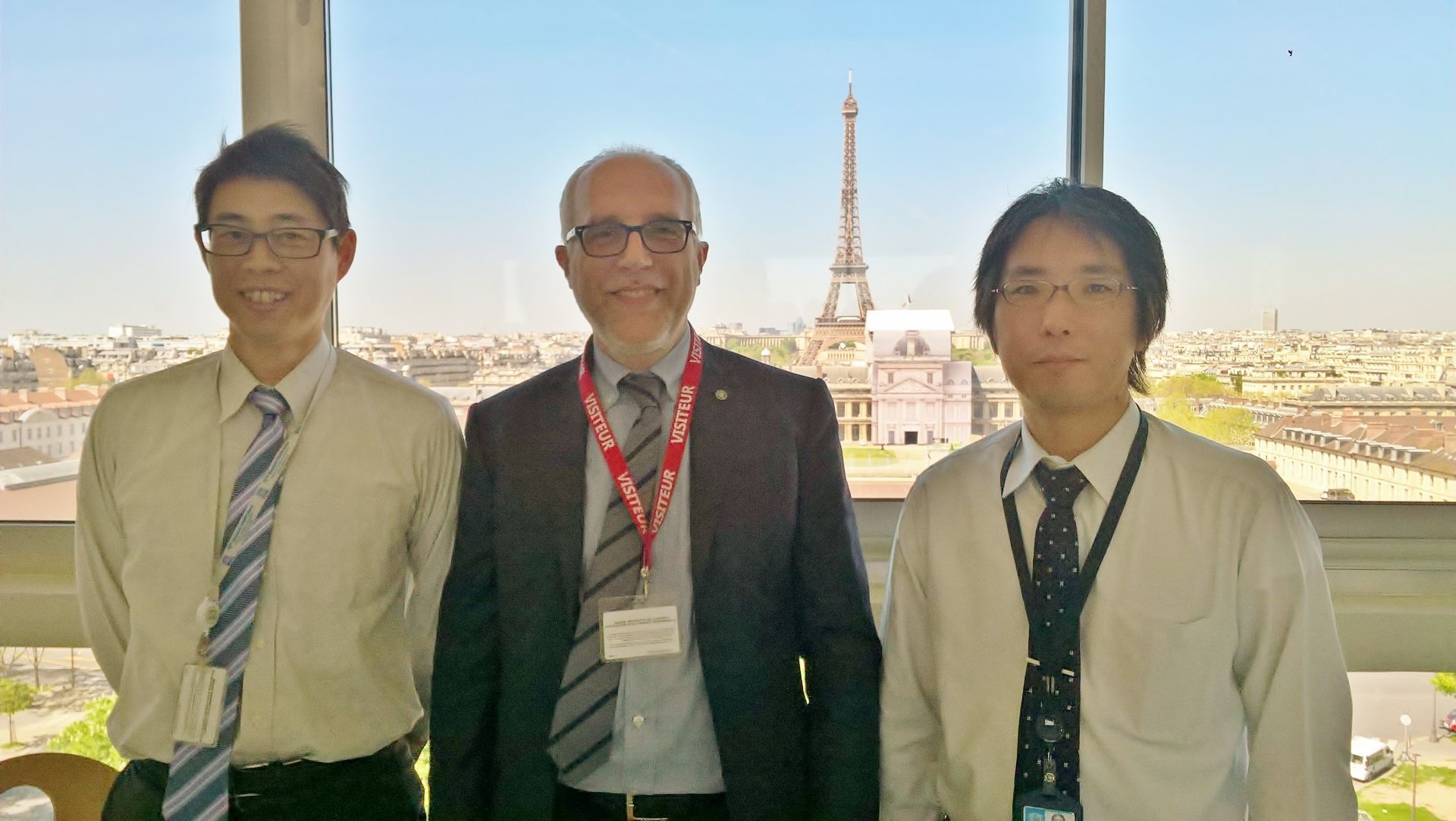Click here to go to the site of our UNESCO Chair
The UNESCO Chair aims to introduce and bring attention to the topic of intersectoral safety as an emerging and transversal field that represents an important and effective “knowledge-tool” for defining and implementing comprehensive, multi-disciplinary disaster risk reduction strategies.
Intersectoral Safety focuses on the impact of multiple hazards on the built environment and conducts disaster related studies to provide technical basis improving knowledge, capacities and practices for facing all the phases of the disaster management cycle. The goal is to define cost effective, integrated and comprehensive safety upgrading strategies in order to implement disaster risk reduction on the ground as fundamental part of sustainable development, especially with reference to buildings, infrastructural systems, critical facilities and cultural heritage assets.
The Chair plays an important role in promoting collaboration within the network of partners, acting as “think-tank” and “knowledge-tool catalyst” for delivering strategic and technical support to decision-makers in the field of disaster risk reduction.
In line with the Sendai Framework for Disaster Risk Reduction 2015-2030 and the Sustainable Development Goals, the Chair will adopt a multi-hazard approach, providing specific expertise in geo-hazards.

The chairholder, prof. Stefano Grimaz (center), during an organizational meeting at the UNESCO headquarter, with dr. Soichiro Yasukawa (left) and with dr. Fukui Takeo (right) of the Earth Sciences for Society Disaster Risk Reduction section.
Why a Chair in Intersectoral Safety for DRR & Resilience
Recent earthquakes, floods, tornadoes, fires, landslides and other calamities highlight that natural, technological and human-caused hazards take a high toll on communities and their frequency and intensity is expected to increase under climate change. Human, social, environmental and economic losses can be reduced by better managing disaster risks. The physical vulnerability of the built environment plays a major role in induced disastrous consequences; however, it has to be addressed and managed taking into account its interaction with the cultural and socio-economical dimensions of risk.
The mutual interactions between different hazards that many countries are facing requires a holistic approach to safety which simultaneously takes into account different risks and dimensions. An intersectoral approach to safety assessment and management, thus, plays a fundamental role in driving holistic and comprehensive disaster risk reduction efforts and locally-adapted sustainable development.
This is particularly evident in the education sector, where the three pillars of school safety (safe learning facilities, disaster risk management and disaster risk reduction and resilience education) define a comprehensive and multi-risk approach.
The concept of resilience is a good umbrella for the multi-risk and intersectoral safety paradigm as it encompasses the long-term well-being of individuals, households, communities and societies. An intersectoral safety approach allows for focused planning and the definition of both proactive and post-trauma management strategies, strengthening disaster resilience and improving a community's ability to maintain and restore vital services in a more timely way and to build back better.
The UNESCO Chair offers an opportunity to build the capacities of partners and other beneficiaries, playing a crucial role in stimulating scientific collaboration and networking within the international community on disaster risk reduction.
How the Chair works
The UNESCO Chair works for introducing and strengthening “intersectoral safety” as an innovative, holistic approach for disaster risk reduction and resilience, in all phases of the disaster risk management cycle, from prevention, mitigation and preparedness to response and recovery. The Chair focuses on key safety elements for the protection of the built environment and cultural heritage assets and, in particular, on multi-hazard risk assessment and management, taking into account the mutual interactions among the technical, cultural, social and economic dimensions of disaster risk.
Main goal is defining a teaching process and research studies involving new generations and different disciplines and considering different prospective. This will improve awareness and build the capacities of experts and decision makers in developing strategies and designing actions for disaster risk reduction while considering the social, economic and cultural dimensions of disasters, together with the technical aspects.
Why UniUD-SPRINT
The University of Udine was founded in 1978 as part of the reconstruction plan of the Friuli Region of Italy after a devastating earthquake in 1976. Due to its origins, the University of Udine has been developing since its foundation disaster-oriented research and programmes for prevention and protection against disastrous events. With the establishment of the SPRINT-Lab (Safety and protection intersectoral laboratory), researchers of the University of Udine have introduced the innovative cross-sectoral approach to safety that has already led to the definition of new assessment and decision support methodologies (VISUS methodology) in the field of international school safety, that are already applied worldwide by UNESCO.

